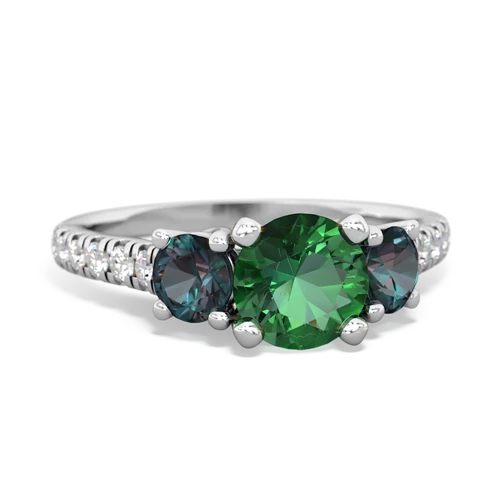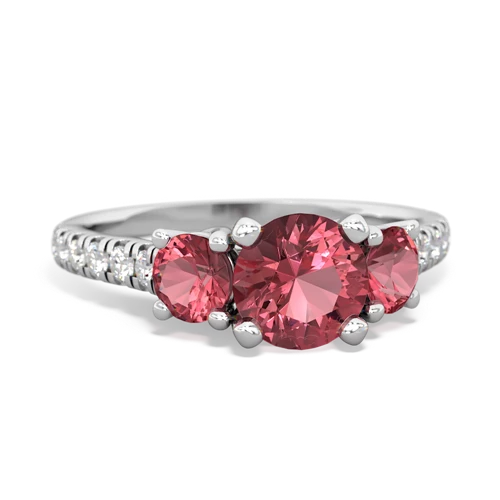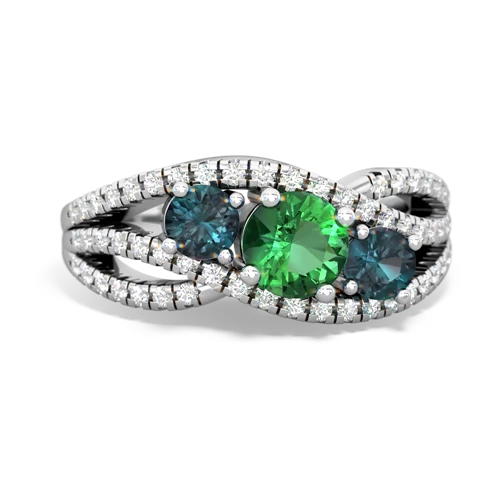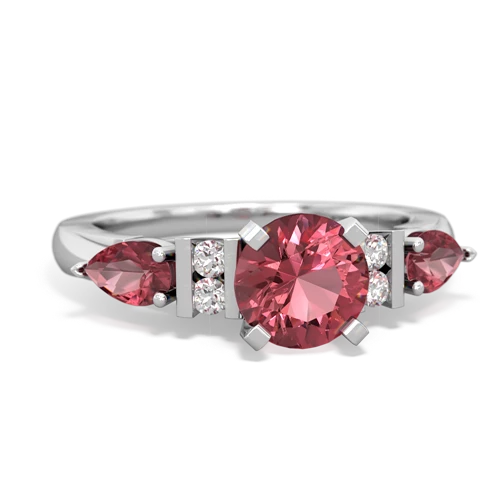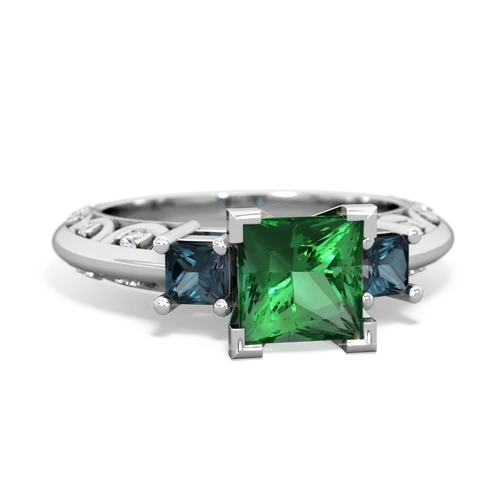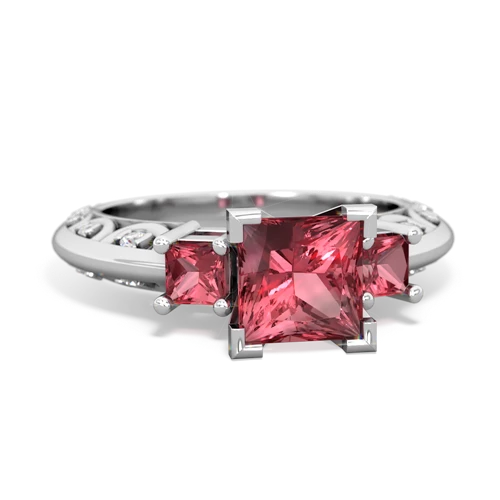
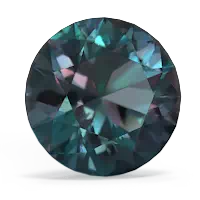
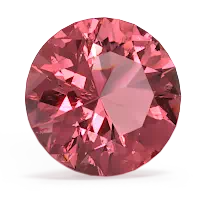
Lab Emerald engagement rings? Absolutely! Diamonds may be a girl's best friend, but Lab Emerald engagement rings are a unique, original, and a far more affordable choice. The birthstone of May, an emerald ring symbolizes the eternally returning spring. The velvety green color of emerald is a perfect match for spring and summer fashions. The birthstone of June, Alexandrite is an amazing and mysterious stone. A created alexandrite ring is a unique and entertaining attention getter. Pink tourmaline is a birthstone of October, along with opal, and is a truly special gem. The deep rosy color of a pink tourmaline ring will be sure to attract attention.
